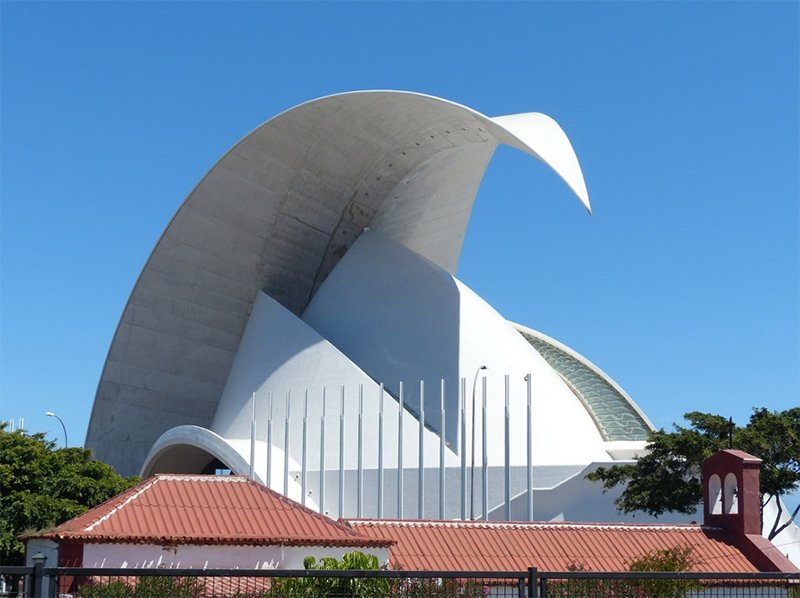Concrete is not only a strong and durable material for construction, but it can also be used as an art medium. Decorative concrete has become increasingly popular in recent years due to its versatility, affordability, and ability to mimic the look of other materials, such as stone or wood. In this article, we will explore how decorative concrete is used as art and its many benefits.
Stamped Concrete
Stamped concrete is a type of decorative concrete that involves imprinting a pattern onto the surface of the concrete. This technique can mimic the look of other materials, such as stone or brick, and can be used for a variety of applications, such as patios, driveways, and walkways. Stamped concrete allows for greater design flexibility and can be customized to match the style of a particular space.
Stained Concrete
Stained concrete is an innovative method of incorporating stains into the concrete grain to create excellent shades. This technique can be used to create a variety of effects, such as a natural stone look or a more vibrant color scheme. Stained concrete can be used for interior and exterior surfaces, such as floors, countertops, and walls. No wonder you can use concrete color powder to create breathtaking art.
Polished Concrete
Polished concrete is a technique that involves grinding down the surface of the concrete to create a smooth and glossy finish. This technique is often used for interior surfaces, such as floors and countertops, and can create a sleek and modern look. Polished concrete is also durable and easy to maintain.
Sculpted Concrete
Sculpted concrete is a technique that involves shaping the concrete into a specific form or design. This technique can be used for a variety of artistic applications, such as sculptures, decorative walls, and benches. Sculpted concrete allows for greater creativity and can be used to create unique and eye-catching designs.

Concrete Murals
Concrete murals are another way in which decorative concrete is used as art. This technique involves painting a design onto the surface of the concrete using specialized paints and sealers. Concrete murals can be used for a variety of applications, such as public art installations, decorative walls, and signage.
Concrete Overlays
Concrete overlays are a technique that involves applying a thin layer of concrete over an existing surface, such as a concrete floor or wall. This technique can be used to create a variety of effects, such as a natural stone look or a more textured finish. Concrete overlays can be used for interior and exterior surfaces and offer a cost-effective alternative to completely replacing existing surfaces.
Concrete Stenciling
Concrete stenciling is a technique that involves using a stencil to apply a pattern or design onto the surface of the concrete. This technique is often used for outdoor surfaces, such as pool decks or patios, and can create a variety of effects, such as a tile or brick pattern.
Conclusion
In conclusion, decorative concrete is a versatile and affordable medium that can be used as art in a variety of applications. Stamped concrete, stained concrete, polished concrete, sculpted concrete, concrete murals, and concrete overlays are just a few examples of the many decorative concrete techniques available. These techniques offer greater design flexibility, durability, and affordability compared to other materials, such as stone or wood. As the demand for unique and creative designs grows, it is likely that decorative concrete will continue to be used as an art medium in the years to come.






